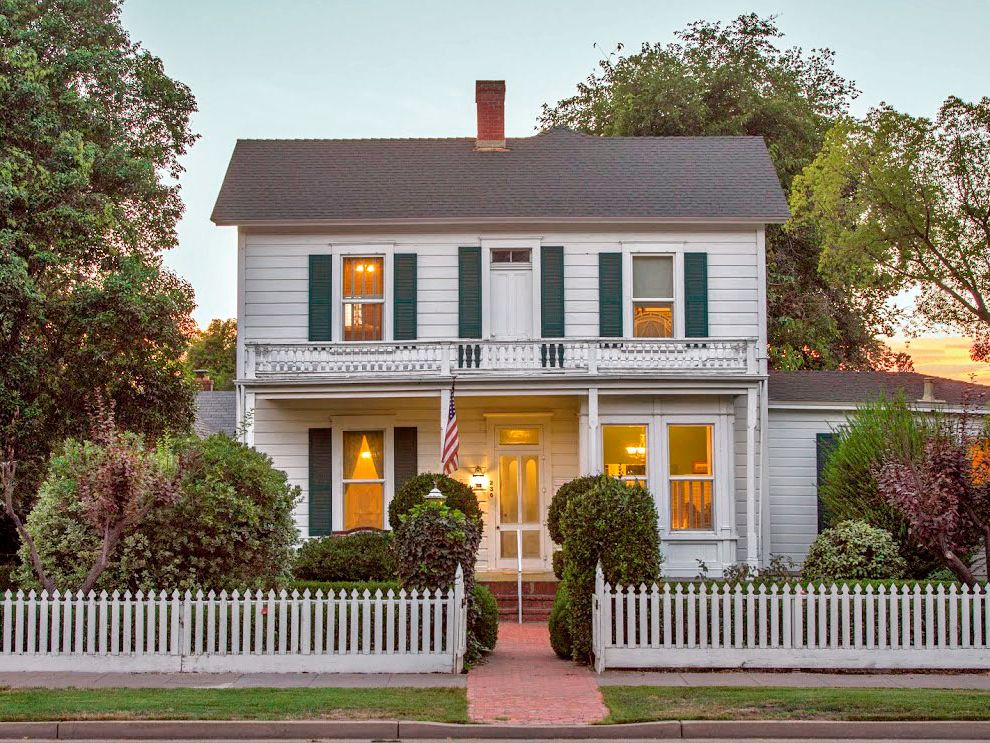When it comes to enhancing both the security and aesthetic appeal of your home, choosing the right fence is a decision that carries significant weight. Fencing serves not only as a protective barrier but also as a reflection of your style and personality. Whether you are seeking privacy, protection, or simply a decorative feature for your yard, selecting the ideal fence requires careful consideration. This comprehensive guide explores various factors to help you make an informed decision on the perfect fence for your home.
1. Identify the Purpose of the Fence
Before you begin exploring the vast range of fencing options, it is essential to determine the primary purpose your fence will serve. The function of the fence will guide your choice in terms of material, height, and design. The most common reasons homeowners opt for fences include:
- Privacy: If you value privacy in your backyard or front yard, choose a fence that is tall and solid. Solid wooden fences or vinyl privacy fences are perfect for creating a secluded space.
- Security: Fencing can also act as a deterrent to trespassers. For added security, consider higher fences with sturdy materials like wrought iron or steel. Fences with a pointed top or those designed to be difficult to scale can provide a stronger barrier.
- Aesthetic Appeal: Some homeowners seek fencing purely for visual enhancement. Decorative fences made of wrought iron, aluminum, or bamboo can add elegance to your property, offering a sophisticated boundary without compromising on style.
- Pet Containment: If you have pets that need to stay within a secure area, a lower fence with small gaps between the slats is ideal. This ensures that your pets cannot escape while allowing visibility.
2. Consider Different Fencing Materials
The material you choose for your fence plays a critical role in both its durability and appearance. Each material comes with distinct advantages, and your choice should align with your personal style, budget, and maintenance preferences.
- Wood: Classic and timeless, wooden fences are often the first choice for homeowners. They offer versatility, allowing for a range of styles from traditional picket fences to tall privacy barriers. However, wood requires regular maintenance, such as sealing, painting, and repairs due to exposure to the elements.
- Vinyl: Vinyl fences are low-maintenance alternatives to wood, offering a similar appearance with added durability. They are resistant to rot, fading, and pests, making them a great option for homeowners looking for longevity and convenience. Vinyl fences come in various styles and colors, providing plenty of options for customization.
- Wrought Iron: Known for its elegance and strength, wrought iron fences are often chosen for their durability and timeless appeal. While these fences provide excellent security and a sophisticated look, they can be quite expensive compared to other materials. Wrought iron also requires occasional maintenance to prevent rust.
- Chain Link: Chain link fences are affordable and practical, often used in areas requiring security but not necessarily privacy. They are perfect for larger properties or those with expansive yards where other types of fences may be cost-prohibitive. Though not the most decorative, chain link fences can be upgraded with privacy slats for added seclusion.
- Aluminum: Aluminum fences offer a modern and stylish look similar to wrought iron but are more affordable and lightweight. They are highly resistant to rust and corrosion, making them suitable for coastal areas or places with high humidity. Aluminum fences are low-maintenance and provide an upscale appearance without the hefty price tag of wrought iron.
3. Evaluate Local Regulations and HOA Guidelines
Before proceeding with any fencing project, it is crucial to familiarize yourself with local regulations and HOA (Homeowners Association) guidelines. Many neighborhoods have specific rules regarding fence height, style, and placement. For example, some communities may require a fence to be no taller than six feet or mandate the use of certain materials for aesthetic cohesion.
Ensure you obtain the necessary permits before beginning the installation process. In addition, check if there are any restrictions on the placement of the fence, particularly near property lines. This will help prevent any costly mistakes or disputes with neighbors.
4. Think About Long-Term Maintenance
All fences require maintenance over time, but some materials are much easier to care for than others. Wood, for example, may need to be re-stained or repainted every few years to preserve its appearance and prevent decay. Vinyl fences, on the other hand, only require an occasional cleaning with soap and water to keep them looking pristine.
Consider your willingness to perform maintenance when selecting your fence. If you prefer a fence that needs minimal upkeep, vinyl, aluminum, or wrought iron may be more suitable options. If you are prepared to put in the work to maintain a classic wood fence, ensure you have the time and resources to do so.
5. Assess the Climate and Environment
The climate and environmental conditions in your area can significantly impact the lifespan and appearance of your fence. In regions with heavy rainfall or high humidity, materials like wood may be more prone to rot, requiring frequent care. In coastal areas, saltwater can cause corrosion, making vinyl or aluminum fences a better choice due to their resistance to corrosion.
Additionally, consider whether your property is prone to strong winds, heavy snowfall, or other extreme weather conditions. Some materials, such as chain link or vinyl, are more durable and better suited to withstand these elements, whereas wood may warp or crack.
6. Set a Budget
Fencing can be a significant investment, and your budget will likely play a major role in determining which materials and styles are within your reach. While it is tempting to go for a high-end wrought iron fence or custom wood design, be realistic about your budget. Fortunately, there are fencing options for every price range, and some materials, such as chain link or vinyl, offer great value for money without compromising on quality.
When setting your budget, be sure to account for additional costs such as installation fees, maintenance, and any necessary permits or inspections. It’s wise to get quotes from several contractors to ensure you are receiving a fair price.
7. Consider Installation Options
Lastly, decide whether you want to install the fence yourself or hire a professional. While DIY installation can save you money, it requires knowledge of fence-building techniques and tools. If you lack experience or are unsure about local building codes, hiring a professional installer may be the best option.
Professional installation ensures that your fence is properly secured, meets local regulations, and is constructed to last. It also saves time and effort, especially if you have a large property or need a complex design.
Final Considerations
Choosing the right fence is an important decision that can influence both the security and appearance of your home. By considering the purpose of the fence, evaluating materials, understanding local regulations, and factoring in maintenance and installation, you can select the ideal fence that aligns with your needs and style. Whether you prioritize privacy, security, or aesthetics, the perfect fence will enhance your home for years to come.














